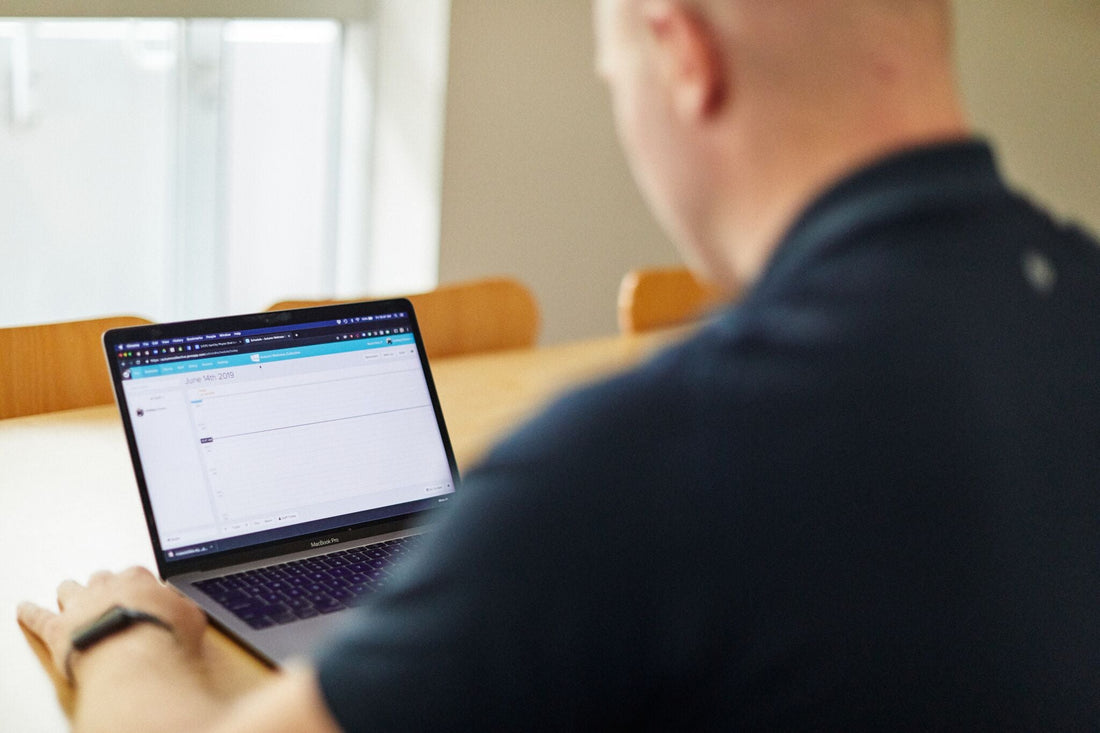With today’s current shifting landscape, we are seeing a major shift in how physiotherapy treatment is being offered and implemented across the world.
One of the biggest shifts seen today in the physiotherapy world is the sudden implementation of TelePhysio, or real-time telerehabilitation for the treatment of pain and musculoskeletal conditions.
With the rise in popularity in TelePhysio, comes very strong, documented evidence showing the effectiveness of telerehabilitation for chronic and musculoskeletal pain, and many ailments that are common to your average person.
Whether or not you’re a patient or a therapist, and regardless of what your initial thoughts or preconceptions are regarding TelePhysio, the focus of today’s blog is to share some facts about TelePhysio, why we’re so confident in it, and why this practice that has been around much longer than the start of this pandemic.
With what many physiotherapists and patients consider a sudden shift in the way serviced are offered and the thrust into social distancing, many physiotherapists and patients feel tentative. Both parties are unsure about embracing the use of a service within a traditional profession with such deep roots in physical touch and face to face contact.
It absolutely must be said that TelePhysio would not be appropriate in every setting and situation. Those that need physical assistance or patients with significant disabilities are common examples. Additionally, TelePhysio may not be appropriate in situations where a physio might need to test for “laxity,” or the looseness of a limb, muscle or joint. As regulated health professionals, physiotherapists must use their judgement to decide if virtual practice is an appropriate way to deliver safe and effective care to their patients. In certain circumstances, a physiotherapist may advise that TelePhysio is not the best option for care and should further provide direction for best management and care. However, these cases are rare and few.
Rest assured - all experienced physiotherapists have been properly equipped through extensive schooling and education, the skills and knowledge to be able to perform a thorough assessment (with subjective interview and objective) without placing their hands on a patient.
Physiotherapists are trained and expected to thoroughly deduce and understand your symptoms and should be able to come up with a differential diagnosis just through a subjective interview. In the mind of a therapist- they will have narrowed down what is the next appropriate step to further confirm his or her suspicions. The physiotherapist may need to be creative in thinking of ways to test you objectively, such as requesting you to remove a sweater and watching your body mechanics, or potentially asking you to lift a water bottle overhead several times to test your muscle strength or endurance. A patient can expect the same safe, effective, and ethical care as an in-person visit, and the physiotherapist must comply with all the same regulatory standards of practice.
For those that love references and are curious about the evidence for the support behind TelePhysio, check out the resources listed below.
https://cptbc.org/physicaltherapists/practice-resources/advice-toconsider/tele-rehabilitation/


